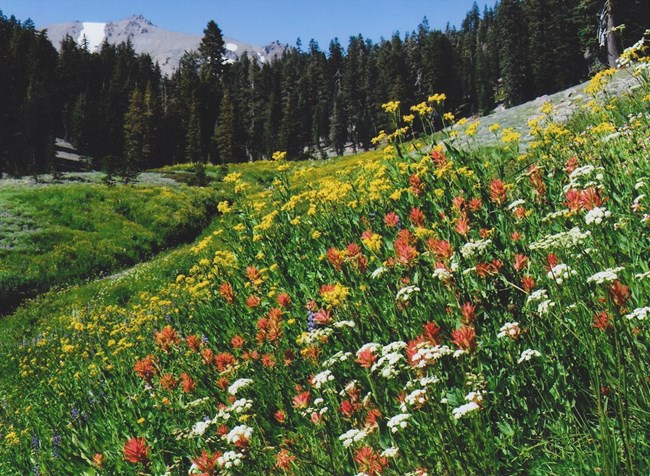
NPS / Walker Hall
Mountain ranges may contain a variety of biomes or types of vegetation across an elevation gradient. Some of these, like sky islands in the Southwest, may be isolated from other mountains by a “sea of desert” or other types of vegetation or land-use patterns. Explore these examples below –
- Sky islands in Chiricahua National Park
- Diverse vegetation across a wide elevation range, which includes habitats ranging from ocean coastlines to rainforests to subalpine and alpine zones.
- Rock outcrops in Shenandoah National Park
Habitat Islands and Gradients
-
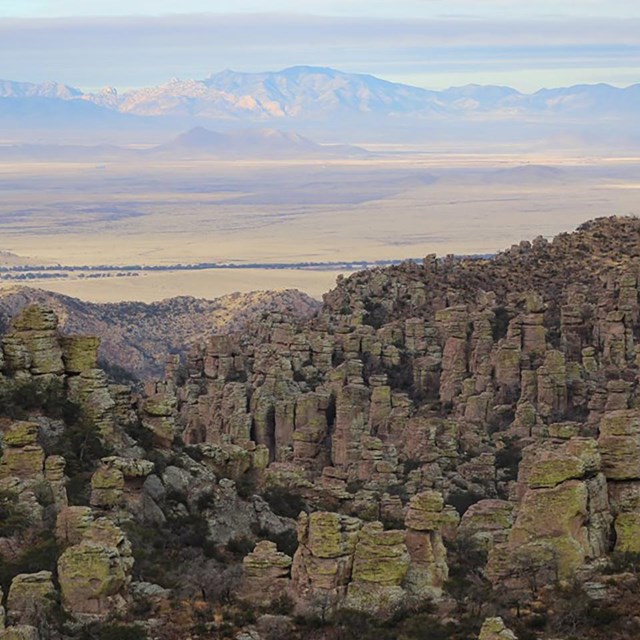 Sky Islands in the Desert Southwest
Sky Islands in the Desert SouthwestRhyolite rock formations of Chiricahua National Monument. Explore the five biomes of this sky island mountain range.
-
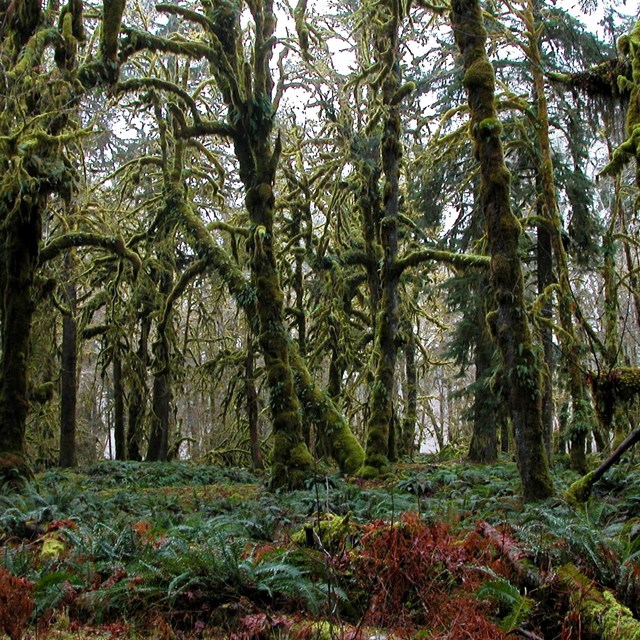 From coast to rain forest to high peaks
From coast to rain forest to high peaksThe rain forest is one of many diverse types of vegetation in Olympic National Park.
-
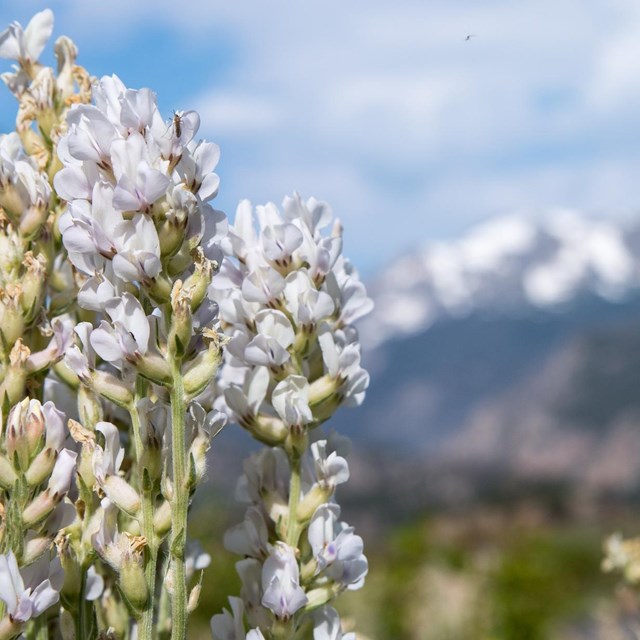 Montane forests to alpine flowers
Montane forests to alpine flowersRocky Mountain National Park is one of the highest national parks in the nation; vegetation ranges from montane to subalpine to alpine.
-
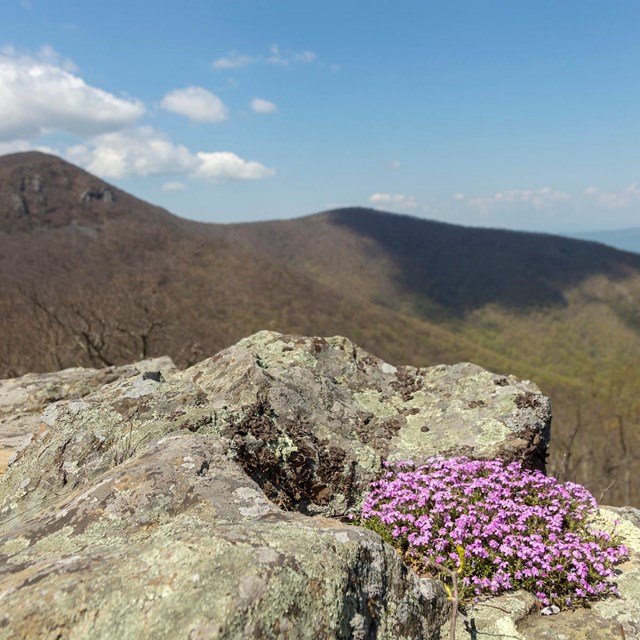 Rock outcrops
Rock outcropsRock outcrops are home to numerous rare plants and animals in Shenandoah National Park.
Montane Conifer Forests
Conifers are trees that bear cones and have needle-like or scale-like leaves that are typically evergreen. Conifers are dependent on the wind to blow pollen produced by the male cones to the female cones, where seeds develop. The forests of western North America are dominated by conifers and are home to some of the largest, tallest, and oldest trees found on the planet. While conifers also grow in mid-western and eastern forests, they are not as dominant as in western forests. Explore the links below to virtually visit the montane conifer forests of western national parks. Montane forests are those growing at mid-elevations.Montane Conifer Forests
-
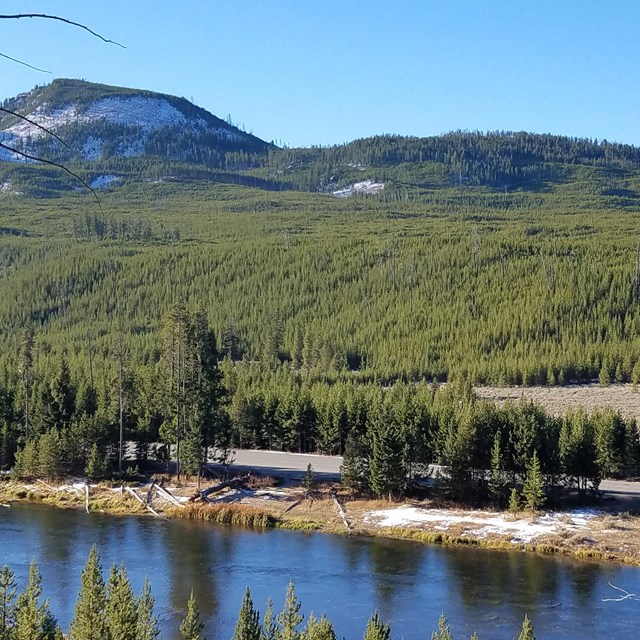 Yellowstone National Park
Yellowstone National ParkLodgepole pine is a widespread conifer on the mid elevation plateau of Yellowstone National Park.
-
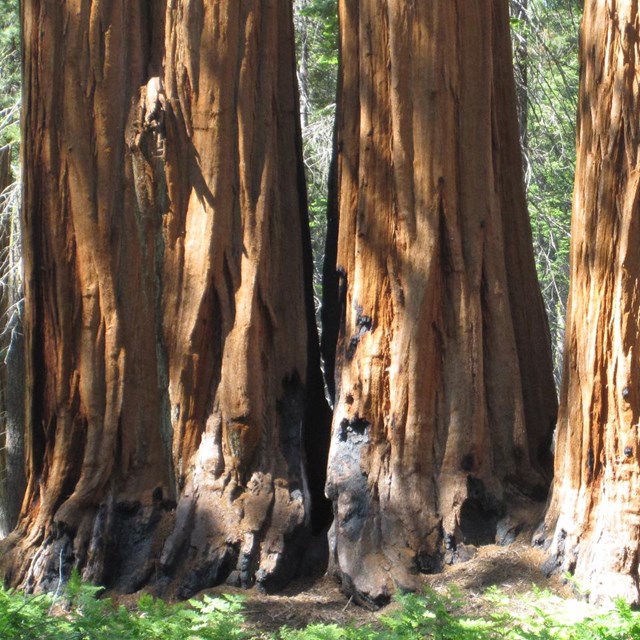 Sequoia and Kings Canyon National Parks
Sequoia and Kings Canyon National ParksGiant sequoias are among the largest living things, and can reach ages of over 2,500 years. Their life cycle depends on periodic fire.
-
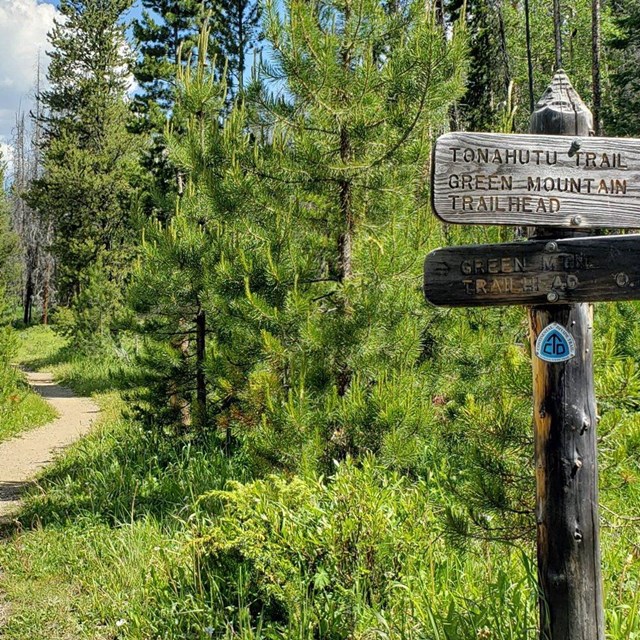 Rocky Mountain National Park
Rocky Mountain National ParkLearn more about life in the montane zone in this diverse national park.
-
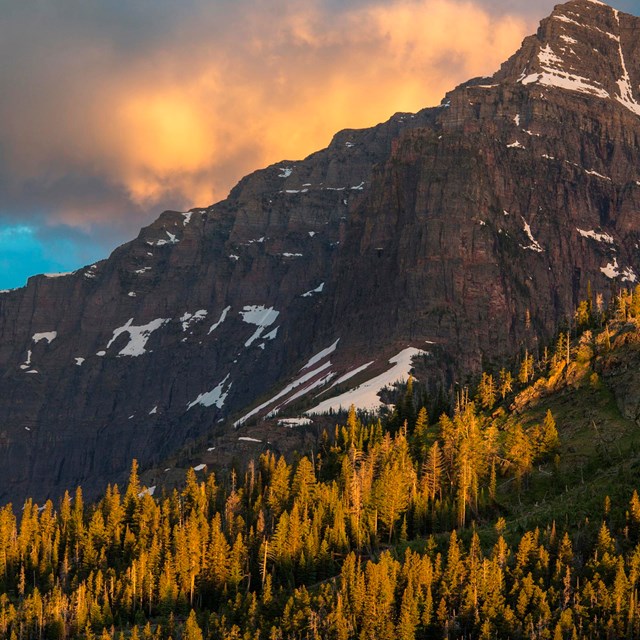 Glacier National Park
Glacier National ParkSunlit conifer forest below the rugged Helen Peak. Famous for its rugged peaks and glaciers, this park also has 20 species of trees.
Subalpine and Boreal Forests
Subalpine forests define the upper limit of tree growth on mountains. Cold temperatures, harsh winds, and short growing seasons are all limiting factors to tree growth at high elevations. Trees in these forests can be tall and upright such as the foxtail pine that may be over 75 feet tall, or can adapt to harsh conditions with stunted and gnarled growth forms known as krummholz ("crooked wood" in German). Boreal forests occur at high latitudes and are part of a circumpolar forest that extends across much of subarctic Alaska, Canada, Russia, and Europe. Alaskan boreal forests include the conifers white spruce and black spruce and may also include deciduous trees such as birch.Subalpine and Boreal Forests
-
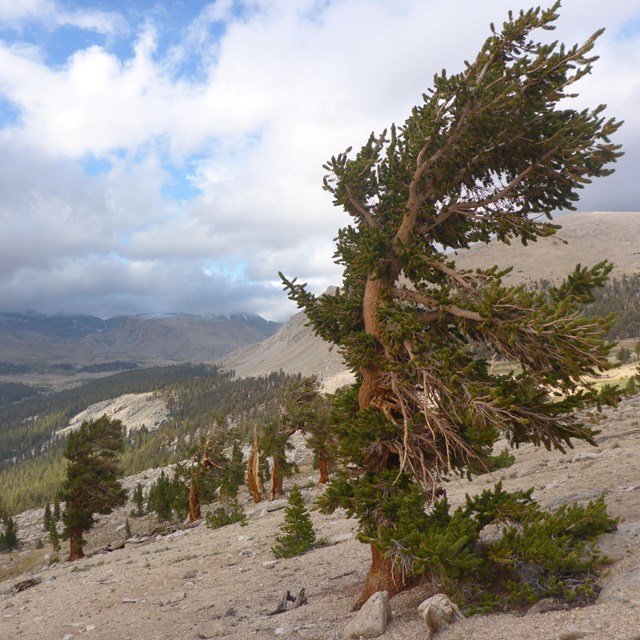 Sequoia National Park subalpine forest
Sequoia National Park subalpine forestFoxtail pine is an iconic and long-lived high-elevation tree. Learn more about subalpine forests in the Sierra Nevada.
-
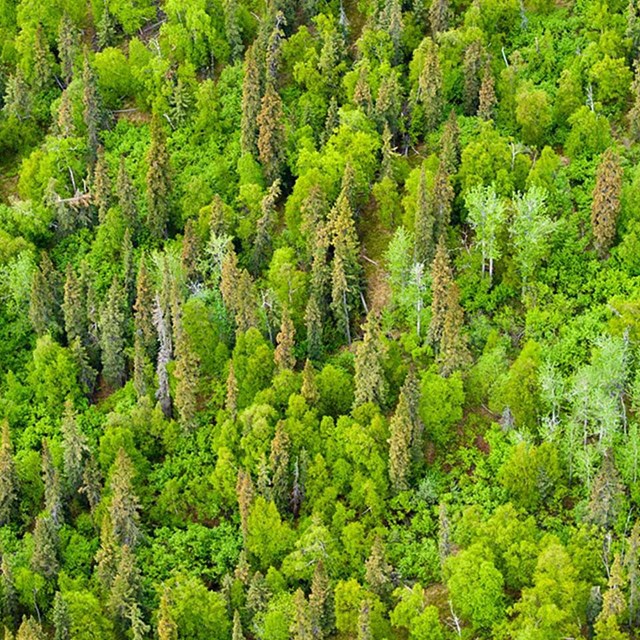 Lake Clark National Park boreal forest
Lake Clark National Park boreal forestAerial view of taller conifers interspersed with bright green deciduous trees that make up the boreal forest in this Alaskan park.
-
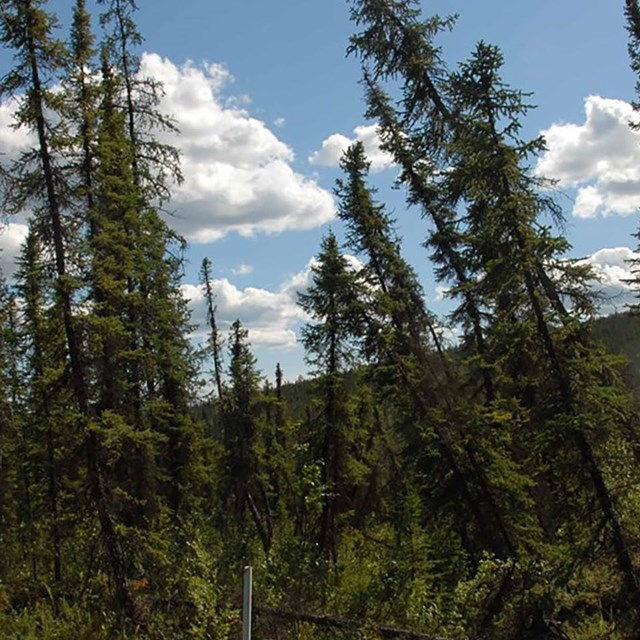 Wrangell-St. Elias National Park
Wrangell-St. Elias National ParkA "drunken" looking boreal forest can occur when permafrost soils are discontinuous and melting, causing trees to tilt.
Deciduous Forests
The eastern forests and woodlands are known for their deciduous forests and colorful fall displays of leaves. Covering from Maine to Florida and west to the Mississippi River, these forests once stretched almost unbroken across the region, but now coexist with people in some of the most heavily populated areas of the world. The deciduous trees that make these forests famous include oaks, maples, beech, birches, and hickories. While evergreen conifers, such as spruce and firs, do live in eastern forests, they are not usually as common or dominant as the deciduous trees.
Deciduous tree or shrub species also occur in the West but are not as varied or widespread as in the East. One of the more common western species is quaking aspen, noted for its leaves that tremble in breezes and its golden fall color that lights up mountain slopes or drainages. Other examples include cottonwood, alder, and willow, often occurring in riparian areas or other moist habitats.
Deciduous Forests
-
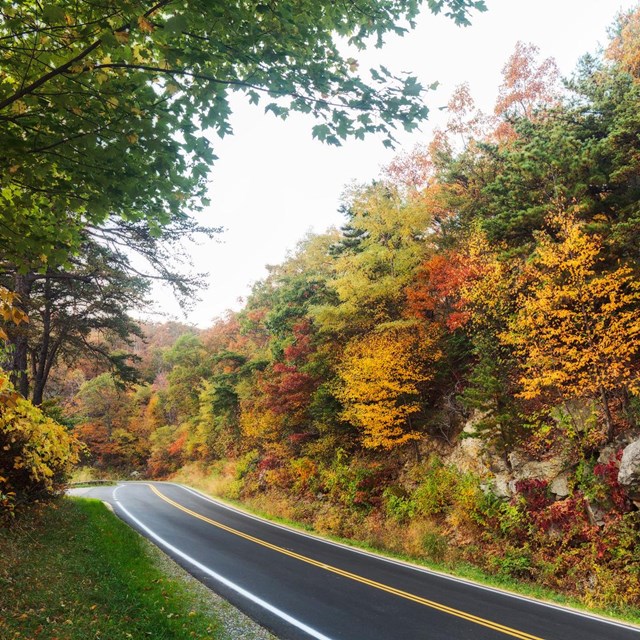 Shenandoah National Park
Shenandoah National ParkThe rich October colors along Skyline Drive highlight the beauty of deciduous trees and shrubs.
-
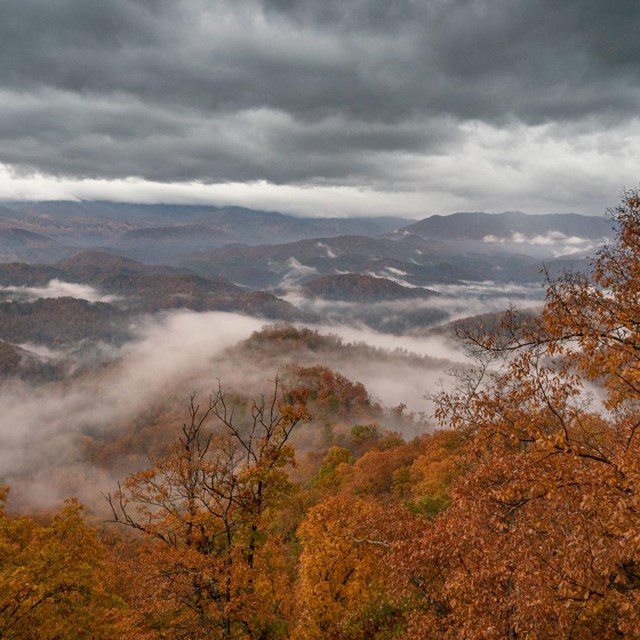 Great Smoky Mountains National Park
Great Smoky Mountains National Park100 tree species live in this park! Learn more about the diversity of trees and shrubs in the Great Smokies.
-
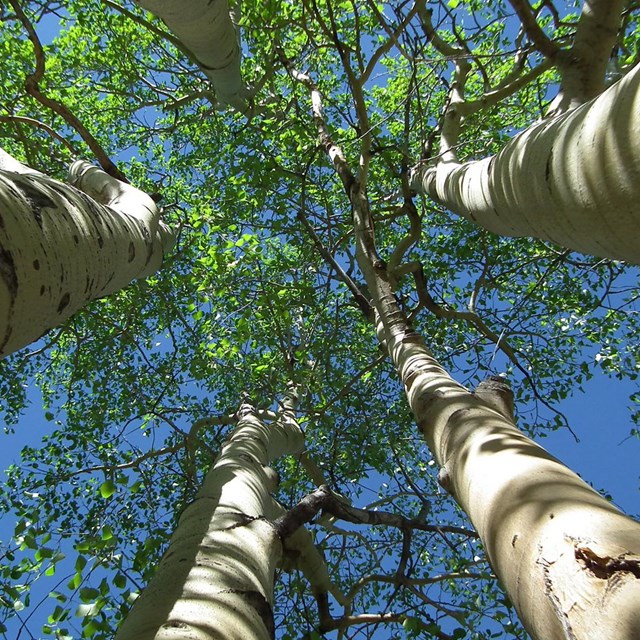 Rocky Mountain National Park
Rocky Mountain National ParkQuaking aspen are a common deciduous tree in western parks.
Tundra
Tundra is a treeless zone with generally low temperatures and a short growing season. There are two kinds of tundra, alpine and arctic. Arctic tundra is found at high latitudes, generally north of the Arctic Circle in Alaska and other far-north regions (learn more about the Arctic). Alpine tundra is found at high elevations, above treeline. The short growing season and harsh winter conditions in tundra exclude all but the hardiest of plants. Stunted trees give way to low-growing, perennial herbs. Here plants often form ground-hugging mats to take advantage of the warmer surface temperatures. In winter, the snowpack provides insulation from sub-freezing temperatures and desiccating winds. During the brief summer, when freezing temperatures and snowstorms remain a threat, surprisingly showy flowers burst forth in the race to set seed before winter returns.Alpine and Arctic Tundra
-
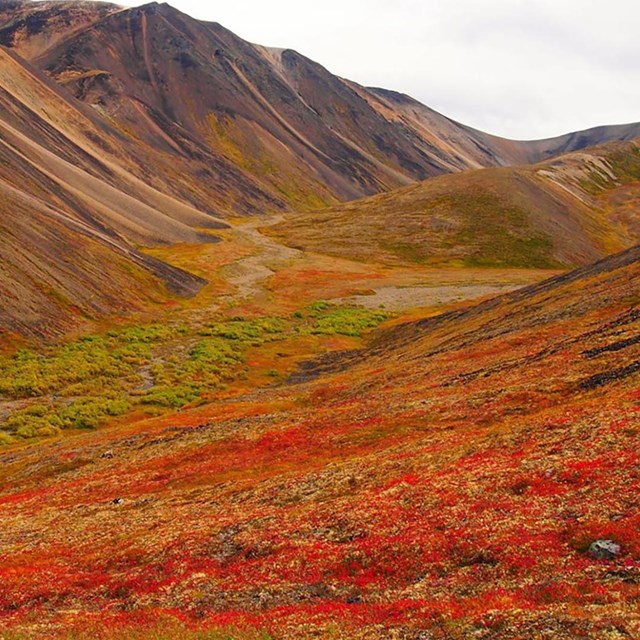 Lake Clark National Park & Preserve
Lake Clark National Park & PreserveAutumn in the alpine tundra of Lake Clark - learn more about the plants and animals that make this place home.
-
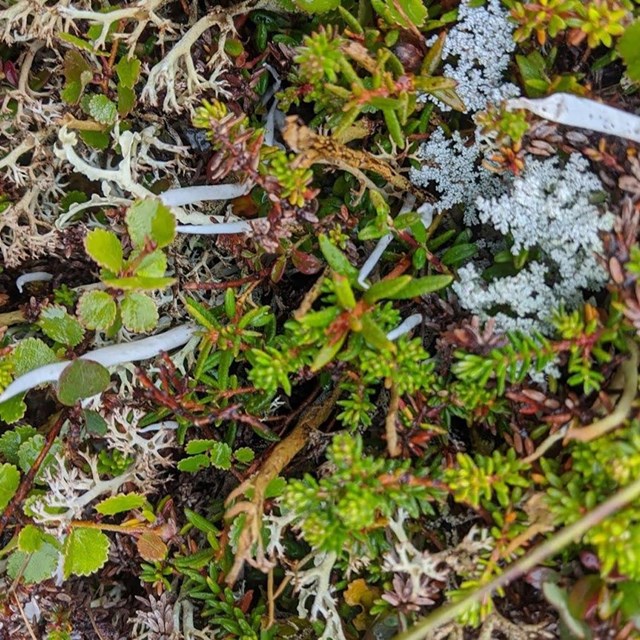 Alaska's Five Arctic Tundra Parks
Alaska's Five Arctic Tundra ParksRead this article to learn more about the 5 Alaska parks that fall within the Arctic tundra biome.
-
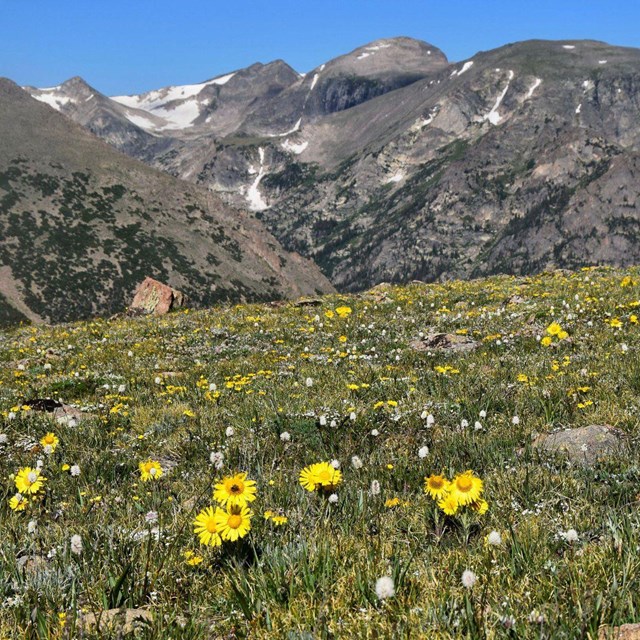 Rocky Mountain National Park
Rocky Mountain National ParkExplore a story map and web page to learn about the alpine tundra ecoystem, which makes up more than a third of this national park!
-
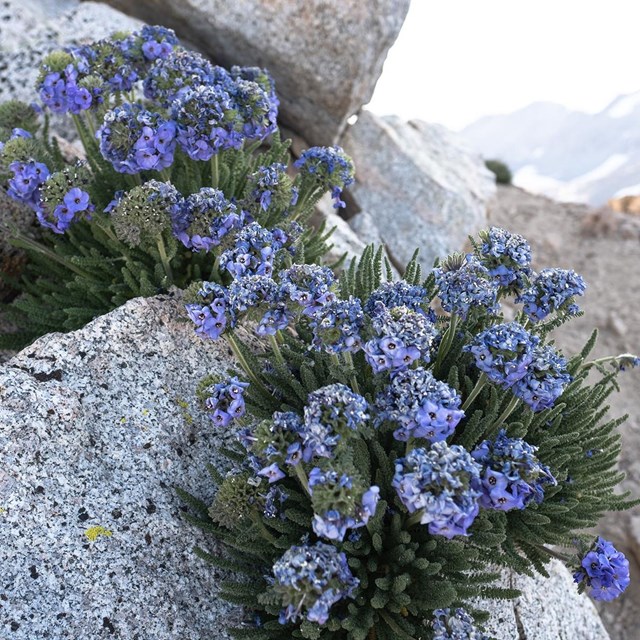 Sequoia and Kings Canyon National Parks
Sequoia and Kings Canyon National ParksAlpine tundra in the Sierra Nevada is often characterized by sparse plants scattered amidst granite.
Wildflowers
The Earth laughs in flowers.- Ralph Waldo Emerson
The foothills, meadows, forests, and tundra of mountain parks offer a variety of habitats where wildflowers can be found. The timing of blooming and the abundance of flowers vary with weather, disturbance (like fire or grazing), and other local conditions. Some parks provide specific wildflower information on their web pages and through guidebooks. If you are seeking wildflower viewing, look for local information ahead of time, as the abundance and variety of wildflower blooms can vary a lot from year to year and seasonally.
Wildflowers
-
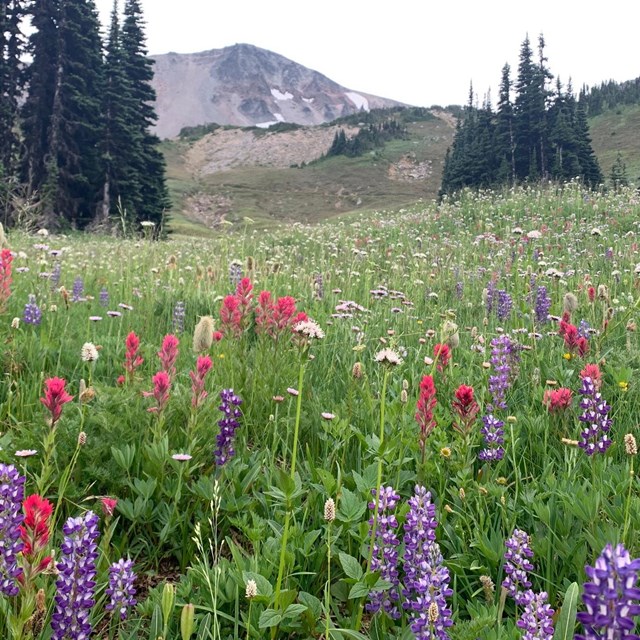 Mount Rainier National Park
Mount Rainier National ParkMount Rainer's renowned wildflowers bloom for a limited amount of time every year. Visit their Discover Wildflowers web page to learn more.
-
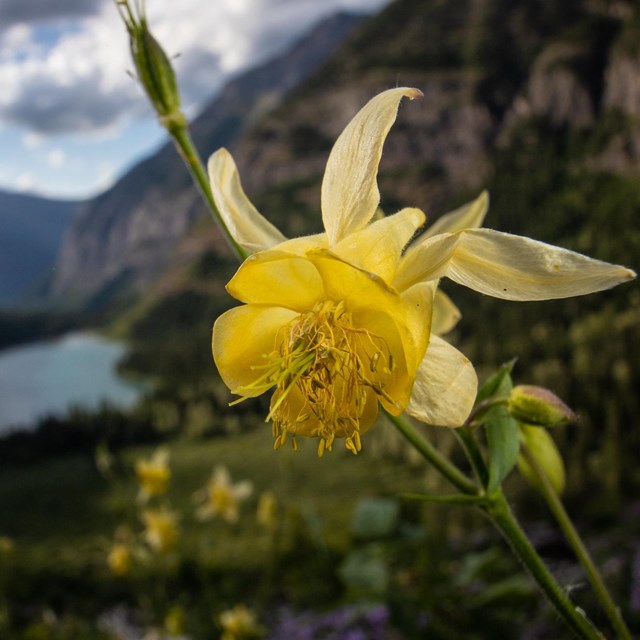 Glacier National Park
Glacier National ParkFor the wildflower enthusiast, this park offers nearly a thousand species. Meadows of flowers often include a backdrop of rugged peaks.
-
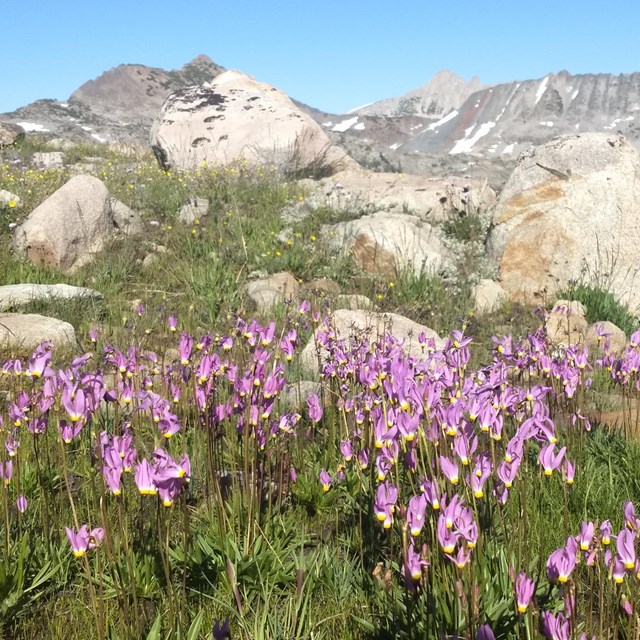 Yosemite National Park
Yosemite National ParkYosemite is a wildflower enthusiast’s paradise, where blossoms are found most of the year in various habitats from low to high elevations.
Last updated: September 2, 2021
